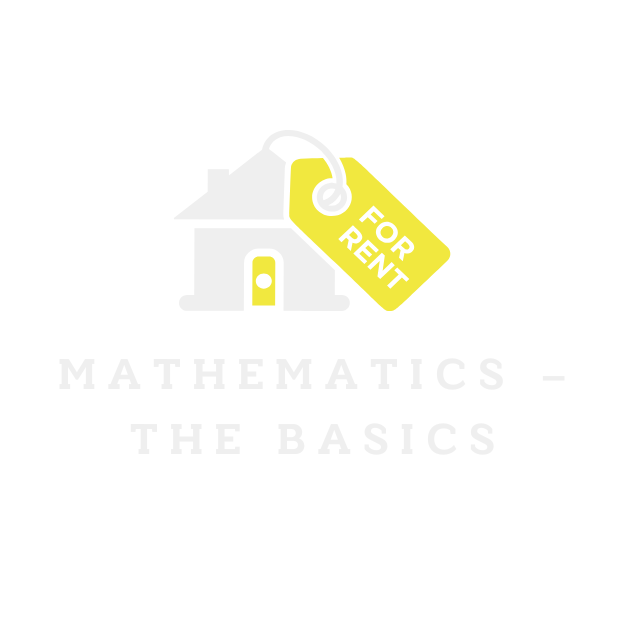Buying a house is one of life’s biggest adventures, but let’s be honest—financing it can feel like navigating a maze blindfolded. With interest rates that seem to change faster than a toddler’s mood, understanding how to fund that dream home can be daunting. But fear not! It’s not all doom and gloom.
Table of Contents
ToggleUnderstanding Financing A House
Financing a house involves several key components that homebuyers need to grasp. First, consider the types of mortgages available, such as fixed-rate and adjustable-rate mortgages. Each type has unique characteristics that affect monthly payments and overall costs.
Interest rates play a crucial role in determining affordability. Current rates can vary significantly based on market conditions, credit scores, and lender policies. A lower interest rate generally results in lower payments over time, reducing the total amount paid for the loan.
Homebuyers often face various costs beyond just the house price. Closing costs, property taxes, and homeowners insurance add to expenses associated with financing a home. It’s important to account for these additional costs during the budgeting process.
Credit scores significantly impact financing options. Higher scores typically lead to more favorable terms and lower interest rates. Monitoring credit regularly helps maintain a strong credit profile.
Understanding loan-to-value ratios can also provide insight into financing. Lenders assess this ratio to determine risk; lower ratios often result in better loan terms. Homebuyers aiming for a solid foundation should consider making a substantial down payment.
Exploring government-backed loans may present opportunities for certain buyers. Programs like FHA and VA loans offer benefits that can facilitate homeownership. Researching eligibility requirements for these options adds value to the financing process.
Lastly, working with a knowledgeable lender simplifies the navigation of financing. A professional provides guidance through the intricacies, ensuring all aspects are understood. Communicating openly with lenders enables informed decisions and fosters successful home buying experiences.
Types Of Financing Options

Different financing options exist for homebuyers, each with unique features and benefits. Understanding these options can simplify the search for the right mortgage.
Conventional Loans
Conventional loans make up a significant portion of mortgage options available. These loans are not guaranteed by the government, typically requiring higher credit scores, often above 620. Borrowers can choose between fixed-rate and adjustable-rate versions. Fixed-rate loans maintain the same interest rate and monthly payment throughout the loan term. Conversely, adjustable-rate mortgages have lower initial rates that can fluctuate based on market conditions. Down payments usually fall between 3% and 20%, impacting mortgage insurance requirements.
FHA Loans
FHA loans provide valuable options for first-time homebuyers or those with lower credit scores. Backed by the Federal Housing Administration, these loans allow for down payments as low as 3.5% with a minimum credit score of 580. Borrowers with scores between 500 and 579 may qualify with a 10% down payment. Mortgage insurance premiums are necessary for these loans, ensuring the lender’s security. Flexibility in qualification makes FHA loans an appealing choice for those entering the housing market.
VA Loans
VA loans are specifically designed for veterans, active-duty service members, and select members of the National Guard and Reserves. Backed by the U.S. Department of Veterans Affairs, these loans often require no down payment, which eases the purchasing process. There’s also no private mortgage insurance needed, reducing overall costs. Competitive interest rates enhance affordability, and credit score requirements tend to be more lenient. With numerous benefits, VA loans serve those who have served the country.
USDA Loans
USDA loans cater to low and moderate-income homebuyers in rural areas. These loans aim to promote homeownership in less populated regions, offering 100% financing with no required down payment. Eligibility focuses on income limits based on the area’s median income, while properties must meet specific location criteria. Borrowers benefit from lower mortgage insurance costs compared to other loan types. The flexibility and low barrier to entry make USDA loans an attractive option for those looking to buy in qualifying areas.
The Application Process
The application process involves several key steps to secure financing for a house. Understanding this process helps buyers navigate the complexities of home loans effectively.
Pre-Approval Steps
Initial steps for pre-approval typically include choosing a lender who suits financial needs. Before applying, it’s essential to gather necessary documentation like income and asset records. A lender assesses credit scores at this stage, which influences the amount available. Buyers should also know their budget, as it guides loan types and amounts. After reviewing all information, lenders issue pre-approval letters, signaling readiness to move forward.
Documentation Required
Key documentation includes proof of income, such as recent pay stubs and tax returns. Asset statements also play a role, showing savings and investment balances. Lenders often request a credit report to evaluate creditworthiness, impacting loan terms. Additionally, applicants submit personal identification and information on current debts. Collecting these documents in advance streamlines the application process and enhances the likelihood of approval.
Factors To Consider When Financing A House
Understanding the details of financing a home is crucial. Buyers must consider several key factors that significantly impact their financial commitments.
Interest Rates
Interest rates directly affect a homeowner’s monthly payments. Fluctuating rates can change the total cost of a mortgage. Lower interest rates often lead to savings over time. Fixed-rate mortgages offer stability, while adjustable-rate mortgages may initially provide lower payments but can increase significantly. Researching current market conditions allows buyers to choose the best time to secure a loan. Regularly reviewing options can ensure buyers don’t miss out on better rates.
Down Payments
Down payments play a vital role in the financing process. Generally, a larger down payment results in lower monthly payments and reduced overall loan costs. Many experts recommend aiming for at least 20% to avoid private mortgage insurance. First-time buyers often explore options with smaller down payments; these can sometimes be as low as 3%. Assessing personal financial situations helps buyers determine the most comfortable down payment level. Financial disciplines such as saving can enhance down payment readiness.
Loan Terms
Loan terms vary widely and can significantly impact total mortgage costs. Common terms include 15-year and 30-year mortgages, with shorter terms typically featuring lower interest rates. Buyers should calculate long-term financial impacts rather than just immediate affordability. Selecting a loan term that aligns with financial goals enhances overall satisfaction. Longer terms result in smaller payments but larger interest costs over time. Understanding the implications of each option informs wiser borrowing decisions.
Navigating the home financing landscape can be daunting but understanding the key components makes it manageable. Buyers should focus on interest rates down payments and loan terms to make informed decisions. Researching market conditions and consulting with knowledgeable lenders can significantly ease the process.
By being proactive and organized during the application process homebuyers can enhance their chances of securing favorable financing. Emphasizing the importance of credit scores and exploring various loan options ensures that buyers find solutions tailored to their financial situations. With the right approach and guidance financing a home can transform from a complex challenge into a rewarding journey toward homeownership.


